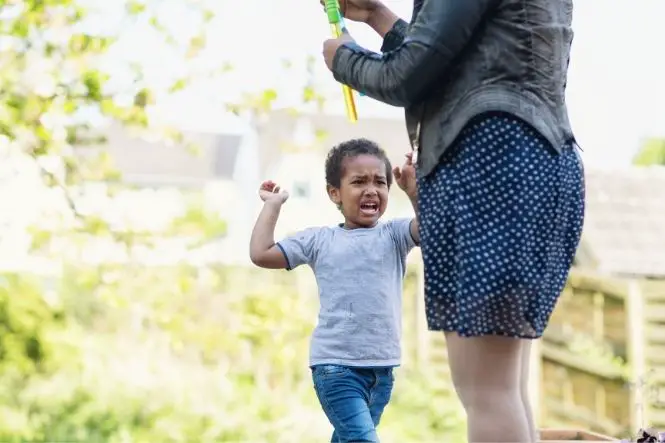Self harming may be one of the hardest behaviours for people to understand, but many children participate in various means of self harm, including cutting, burning, hair pulling and self-poisoning. Help is available for children who engage in these behaviours, but since kids are normally very secretive about these actions, it can take some time before parents discover the need for intervention.
Table of Contents
Dangerous Behaviours
Many kids and teens engage in dangerous or risk-taking activities, but not all of these are categorised as self-harming. Drug and alcohol use, eating disorders, reckless driving and unsafe sex are certainly risky behaviours for adolescents, but are not considered self harm.
Actual incidents of self harm include:
- Cutting
- Burning or scalding
- Scratching, with fingernails or other objects
- Banging
- Bone breaking
- Hair pulling
- Ingesting objects or poisonous substances
Trying to Cope
Kids and teens who admit to self-harm often say that they do so in order to help alleviate feelings of anxiety or other emotional distress. The majority insist that they are not trying to commit suicide, but instead are seeking relief, albeit temporary, from their uncomfortable feelings. Kids who have been subjected to bullying as well as those whose families are going through difficult times are at increased risk of becoming self-harmers.
How Parents Can Help
Kids and teens who engage in self harm are often afraid of how others would react if they learned of the behaviours, so most are quite secretive about their actions. If children do come to their parents with admissions of self harm, it is important for the parents to make every effort to remain calm and offer the child reassurance that they will help them to find healthier ways to cope with their feelings. It is important for parents to offer help, whilst allowing the kids to have input as to the type of help that they require, since kids who self-injure often feel powerless and may be trying to exert some control in their lives. Parents should assure their kids that they are loved and offer a non-judgemental ear whenever possible.
Seeking Professional Help
Physical injuries from self harm need to be dealt with. If the wounds are superficial, parents may be able to offer simple first aid, but for more serious injuries, a nurse or GP may be needed. Although rarer, very serious situations may require emergency treatment. Once the immediacy of the injuries have been met, it is important for kids who self harm to deal with the underlying emotional problems that led them to their dangerous behaviours. A GP, counsellor, psychologist, or psychiatric nurse may be able to offer appropriate care, helping kids to better understand their condition and learn healthy coping mechanisms.
Additional Sources of Information
While much is still unknown about self harm, there are a growing number of books available that may help parents and children to better understand the problem, as well as possible solutions. In the UK, there are a number of resources available for parents who wish to help their child stop self harming behaviours, including the following organisations:
- Parentline Plus 0808 800 2222
- Samaritans 08457 90 90 90
- NSPCC 0808 800 5000
- ChildLine 0800 1111 (for kids)
Additionally, the following websites may offer valuable information:
- www.lifesigns.org.uk
- www.nshn.co.uk
- www.samaritans.org.uk
- www.childline.org.uk


